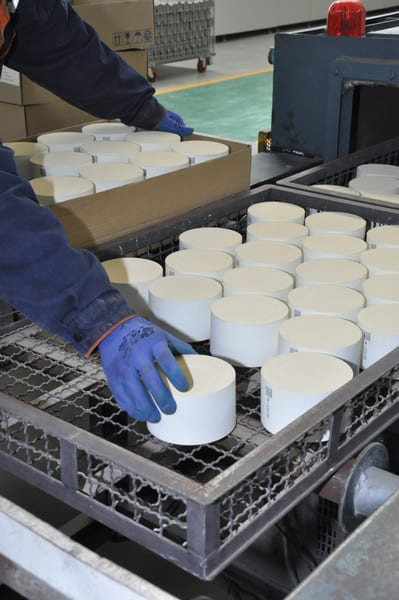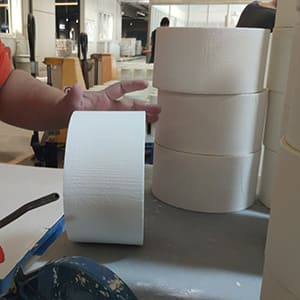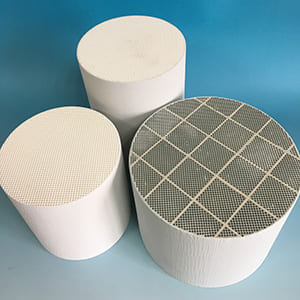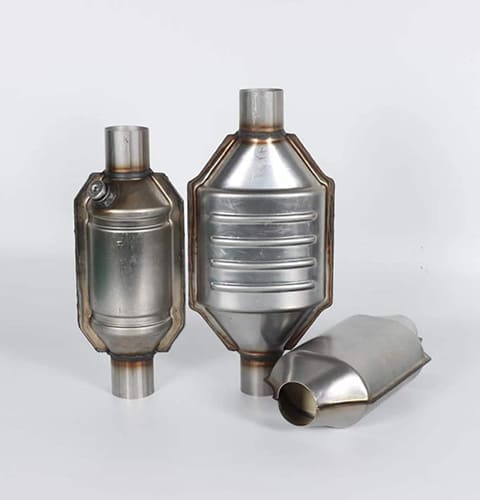Ever sat in traffic and wondered about the exhaust fumes wafting through the air? Concerned about how vehicle emissions are contributing to air pollution and climate change? Maybe you’ve heard about new emissions control technologies but wonder how effective they really are. If you’re seeking a cleaner, greener automotive future, this blog is for you.
Ceramic honeycombs have burst onto the scene as a transformative solution for automotive emissions control. These highly porous structures are an excellent medium for trapping harmful pollutants like nitrogen oxides, carbon monoxide, and hydrocarbons. Their unique characteristics, including high surface area, thermal resistance, and chemical stability, make them ideal for catalytic converters, which are the heart of emissions control systems.
Intrigued? Stick around to learn how this small yet mighty innovation is driving big changes in automotive technology and environmental protection.

How Do Ceramic Honeycombs Work in Catalytic Converters?
The high surface area of ceramic honeycombs provides more space for chemical reactions. It’s a critical factor in capturing and neutralizing pollutants. Research confirms that honeycomb structures can increase catalytic activity and pollutant degradation.
What Makes Them Effective in Reducing Pollutants?
Ceramic honeycombs are not only structurally efficient but also chemically robust. Their chemical stability allows them to withstand the high temperatures and acidic conditions often found in automotive exhaust systems. Studies show their efficacy in trapping and neutralizing a wide range of pollutants.
How Do They Compare to Traditional Materials?
When it comes to thermal resistance, ceramic honeycombs are far superior to conventional materials like metal or fibrous filters. This means they can withstand the high temperatures typically found in exhaust systems, making them more durable and reliable. Scientific comparisons reveal ceramic honeycombs as the better option.

Are Ceramic Honeycombs Cost-Effective?
Many might wonder if these high-tech solutions are expensive. While the upfront cost might be higher, the long-term durability and efficiency of ceramic honeycombs make them a cost-effective choice. Economic analyses prove their long-lasting nature, making them a smart investment for automakers.
Are They Sustainable and Eco-Friendly?
Absolutely. In addition to reducing harmful emissions, ceramic honeycombs are also eco-friendly. They can be recycled and repurposed, reducing their overall environmental impact. Sustainability reports highlight their role in promoting a more sustainable automotive industry.
What are the Challenges and How Are They Being Addressed?
No solution is perfect. One of the drawbacks of ceramic honeycombs is their brittleness, which makes them vulnerable to mechanical shocks. However, ongoing research is focused on enhancing their mechanical properties to make them more resilient.
Conclusion
So, are ceramic honeycombs revolutionizing automotive emissions control? The answer is an unequivocal yes. With their unmatched effectiveness, durability, and environmental benefits, ceramic honeycombs are driving the automotive industry towards a cleaner, greener future. As technology advances, expect to see ceramic honeycombs play an increasingly important role in mitigating the impact of vehicle emissions on our planet.


